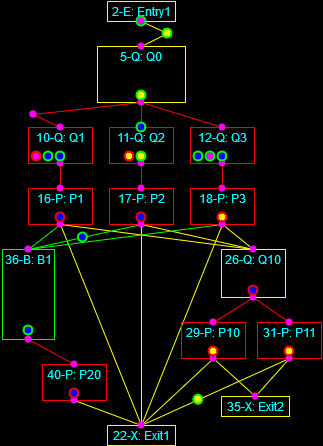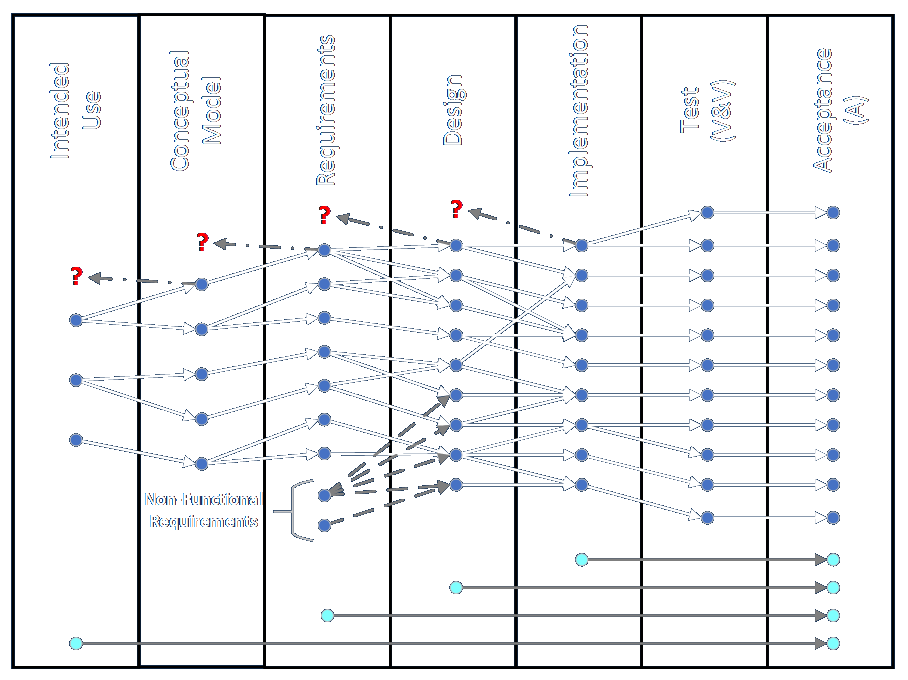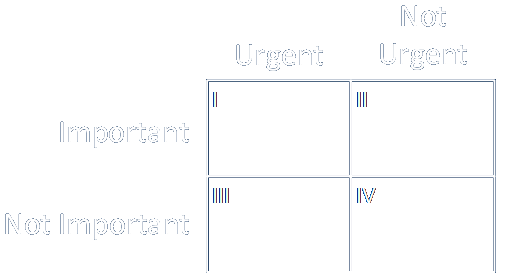A Simulationist's Framework
for Business Analysis
Part 11:
Management Observations
and Agile Deep Dive
R.P. Churchill
CBAP, IIBA-CBDA, PMP, CSPO, CSM, CSDLean Six Sigma Black Belt
www.rpchurchill.com/presentations/BAseries/11_Management www.rpchurchill.com | Portfolio | Presentations
30 Years of Simulation

Continuous simulation of the heating of a square billet and Discrete-Event simulation of a multi-phase process.
30 Years of Simulation
|
Industries
|
|
|
Further Observations About Similar Practice Areas
A couple weeks ago I compared different practice areas and certifications. This talk shares more general observations.
Six Sigma (along with Lean) is fading — because it's only one part of the management and analysis puzzle.
As I've observed many times, all management fads get over-applied and then get squeezed back down to their appropriate usage. Again see Facts and Fallacies of Software Engineering.
This is probably happening with Agile right now.
Saying Agile Is Dead Does Not Mean Agile Is Worthless
Any activity that gets people talking to each other and thinking about ways to do things better is worthwhile.
People have been doing this since the beginning of time. The Tower of Babel story shows that people were aware of organizational limits.
Someone suggested that the practice of Agile was humanity's way of learning to work together. I submit that it's just a continuation of things that have been going on forever, but it's currently happening in a more conscious way across more participants.
All formal methodologies have criticisms.
Harmonization Through Iteration

This framework isn't only about solving the customer's problem, it's just as much about the team's process of solving the problem.
That is, it's as much about the engagement as the solution.
This has been called after-action review, lessons learned, sprint retrospective, continuous improvement, and ongoing response to feedback.
This builds alignment across teams, customers, managers, and the overall roadmap. It works across all scopes and scales.
Consider putting retrospectives into the backlog to ensure they're addressed. Don't maintain a hidden backlog.
On Safety and Security

|
Humans (like all animals) have a strong need for safety and security, and tend to respond to many things as threats. Emotional security within teams helps overcome this. This article, describing research done at Stanford, explains different kinds of cultures (Star, Engineering, Commitment, Bureaucracy, Autocracy), and that Commitment cultures tend to perform best. Famous swing-era band leaders often preferred mellow and reliable players over those with more talent. Why do super athletes like Terrel Owens bounce around and not stay put? Sometimes you succeed by accident, but it's better if you do it on purpose! |
So How Do You Succeed On Purpose?
The purpose of professional managers (and analysts) is to improve the chances of success, and to limit downside outcomes.
This presenter describes "win rates" of only 15% when adopting Agile methods (i.e., still using new practices effectively after one year). This means the payoff needs to be 6.66-to-1 — to break even!
Each individual "engaged" is one less resistor and one more supporter. How do we achieve engagement?
The presenter spends an entire hour on getting people to talk to each other!
My point (and the presenter's) is to spend less time worrying about formally prescribed processes (like Scrum) and just get people involved by asking, inviting, and LISTENING! Further ruminations here.
Reach People Where They Are (and Based On Who They Are)
VARK learning model
Myers-Briggs personality type indicator (Type Talk at Work)
Herrmann Brain Dominance Instrument
Big Five personality traits
Consider running Scrum on your marriage!
Communicate in voice, words, pictures (diagrams!) appropriate to the audience. A picture is worth a thousand words. An animation is a thousand pictures.
People's Experiences Make Them Different
This obviously applies to all the cultural stuff we're arguing about in society right now, but I'm specifically thinking about people's professional and organizational experiences.
People want what they want, and they tend to picture what they want in terms of what they already know (and have experienced).
Analysts are learning and translating machines.
"Ya don't know what ya don't know 'til ya know what ya don't know, ya know?"
HIPPO means...
...the HIghest-Paid Person's Opinion.
Hey, someone has to break the ties!
On Testing

Individual acceptance tests might not cover all integration cases, so those can (should!) be added explicitly.
This is why my conception of the RTM includes many-to-one and one-to-many links between phases.
Roles Can Span Across Scales...
Product Owner
Component Owner
Feature Owner
Akin to Epic - Story - Task
Products, systems, and solutions can be of very different scopes and scales. (Jane Jacobs growth vs. development)
Hang Together Or Hang Separately
Every situation where I experienced a suboptimal outcome was because I was not managed nor engaged nor given clear goals or feedback.
When I had clear targets and continuous engagement, I killed it.
This doesn't mean I didn't do some awesome work in suboptimal situations, and it didn't mean I was always super amazing in optimal ones, but the weighting is clear and unmistakable.
Gravity of Things To Do

This is a pretty standard tool, but it is featured for sure in The Seven Habits of Highly Effective People.
You obviously want to maximize the Is and and minimize the IVs. Eliminate or automate where possible.
Stay as educated and flexible as possible to keep doing the kind of creative, analytical work that can't be automated.
Economic Calculations
However you break down costs: capital, fixed, and variable; for time, scope, and quality; or for tradespace items like speed, resource use, maintainability, modularity, flexibility, ease of development, and staff; the point is that organizations ultimately optimize on money.
Costs can easily be calculated, as can revenues. Analyzing effects over time requires Time Value of Money calculations. (My college textbook is a good reference.)
ROI = PV of net income / PV of investment. People tend to use ROI to justify projects, but seldom revisit or verify it (depending on context).
Management Contexts
Management controls are often quite loose within large organizations. (Steel mill vs. grocery store examples)
The quality of management doesn't tend to matter so much when situations are very good or very bad. It's more important in middling situations.
Entrepreneurship isn't about straightforward profit and loss calculations, it's about taking risks under conditions of uncertainty (though guesses can be more or less educated).
Shumpeterian creative destruction is accelerating. Products, and even Fortune 500 companies, are remaining viable for shorter durations. Was 75 years, now 16 and decreasing 0.75 yrs/yr.
Individuals and organizations need to move faster and continually learn and adapt.
Getting Into A Flow
We often accomplished the most work in a dance class in the last third of the time, because we'd gotten into a flow.
As an analyst I call this wallowing in the material.
I once wrote a fifty-thousand-line system by myself in three months because I was totally in the flow (and also because I worked 80+ hours/week and couldn't go home until I finished...).
An expert is someone who knows enough about what's going on to be worried.
An expert is also someone who can look at the same thing for the ten thousandth time and go, "That's odd..."
If you're an in-the-flow expert, and if you're creative and make lots of associations, you'll generate a lot of insights and a-ha! moments.
How To Keep People Engaged
Talk to them! Invite them! LISTEN to them!
Share information with them. (Sprout-Bauer weekly bundles)
Use Slack and other internal social tools to expose people to information and industry developments.
Fund magazine and website subscriptions.
Pay for write-ups on new technologies.
Get them to actually take relevant courses that you probably budget for.
Support internal and external communities of practice.
Help your people become flexible, adaptable, creative experts!
This presentation and other information can be found at my website:
E-mail: bob@rpchurchill.com
LinkedIn: linkedin.com/in/robertpchurchill